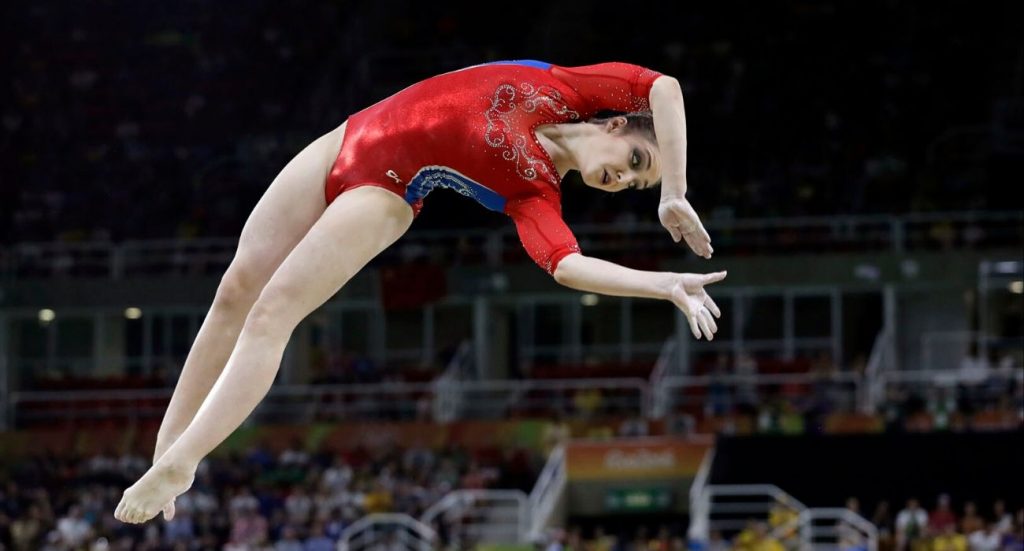Artistic gymnastics, rhythmic gymnastics and trampoline are three disciplines in gymnastics. In artistic gymnastics, athletes must perform short routines on apparatus and board of judges will evaluate and give marks depends on the difficulty and accuracy of each performance.

Overview
Artistic gymnastics has been an official sport of the Olympic programme since Olympics Games Athens in 1896. Initially, the sport allow male athletes only, women’s events were included later in Olympics Games Amsterdam in 1928.
Female gymnasts compete in six different events which are floor, rings, vault, pommel horse, parallel bars and horizontal bar. In the women’s events, there are only four different events. Male and female athletes also compete for individual and team all-around titles.
Each piece of apparatus creates unique demands which test their strength, agility, coordination, and speed. Women’s floor routines are performed over musical accompaniment, which add an additional aspect of challenges to the competition. Judges mark each athlete’s performance on the complexity and aesthetics of the techniques while considering balance and stability while performing.
The constant quest for perfection
Until the Athens 2004 Olympics Games, the scoring system based on a ‘10-point maximum’. At Olympics Games Montreal 1976, Romania athletes Nadia Comaneci was the first one ever to earn a ‘perfect score’ of 10.
In 2005, the maximum score ‘perfect 10’ was abolished by an open-ended system, created to allow greater differentiation between athletes’ performances. Two kinds of scoring were introduced: a ‘D’ (difficulty) score to assess the techniques performed and an ‘E’ (execution) score to evaluate artistry and performance. These scores are combined to ensure imposible of maximum.
The new scoring system has eliminated the upper limit on skill difficulty, driving athletes to consider which daring techniques to include in their routine – and how to combine movements of varying degrees of difficulty into a coherent performance.